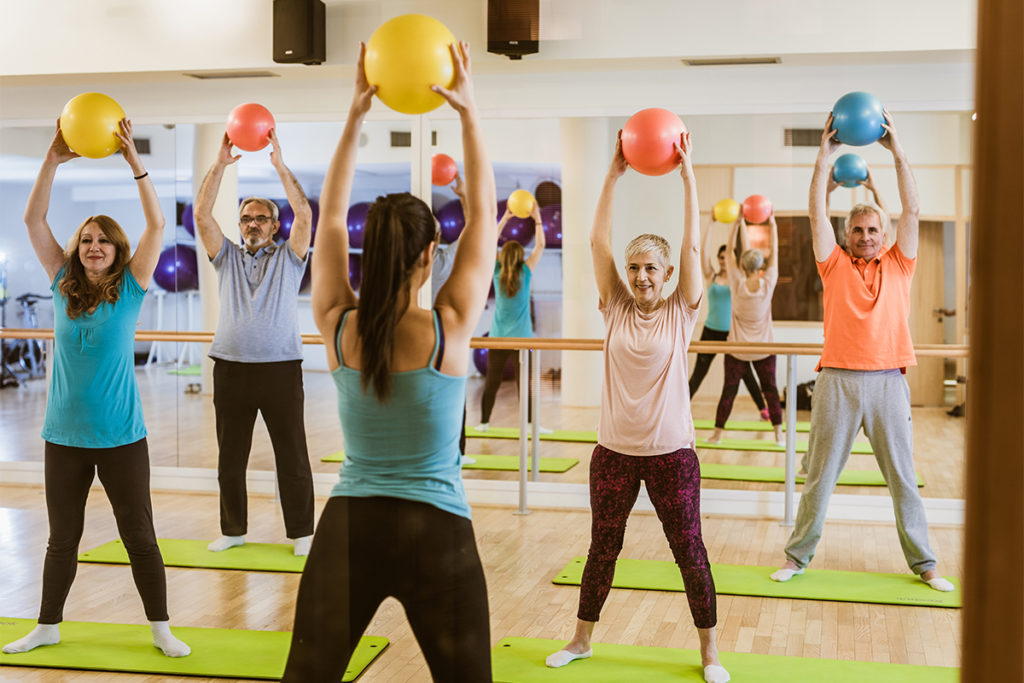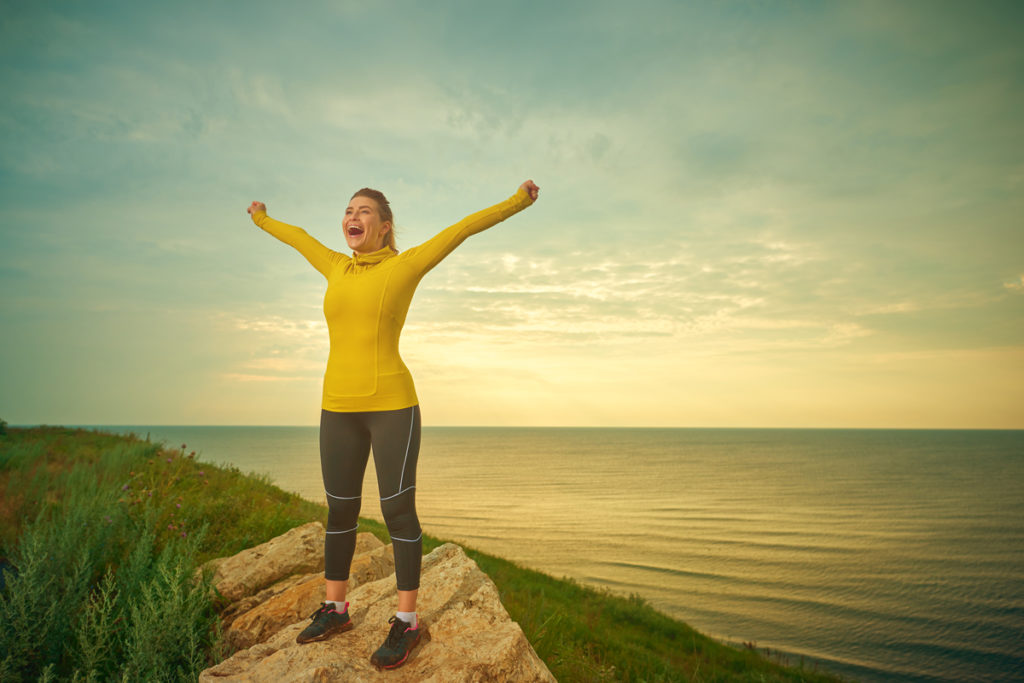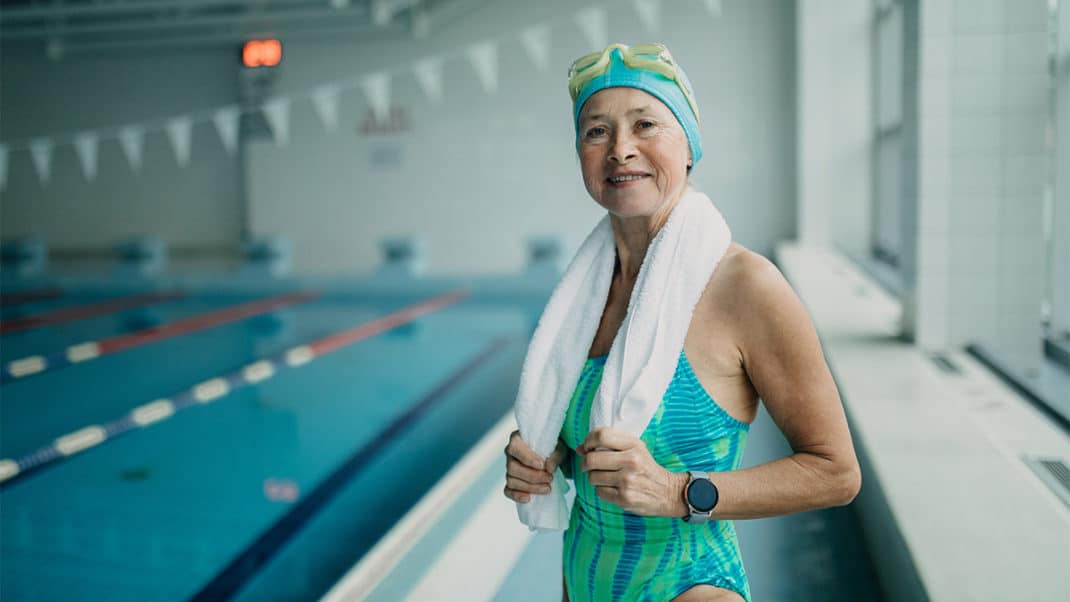Fitness Beat Strong in Brazil
In Brazil, with its long summer, beautiful beaches and warm weather, it makes sense that many exercisers want to enjoy the great outdoors. Numerous group fitness classes, mind-body practices and personal training sessions happen outside, notes IDEA Brazilian ambassador Vania Ballo-Petroff.
Ballo-Petroff, who has worked in the fitness industry since 1987, says that personal training is the number-one fitness activity in Brazil. “Around personal training, ‘Assessoria Esportiva’ was created,” she explains. “This is a personal trainer’s business separate from a facility. Trainers use park areas for their sessions and have taken many clients away from indoor facilities recently.”
Brazilians’ increasing consciousness of the importance of long-term healthy living has made the mind-body concept more popular, notes Ballo-Petroff. “I’d say Pilates is the number-two fitness activity here. Many personal trainers teach mat Pilates, since it can be done anywhere.”
Indoor cycling classes have also captured the imagination of exercisers in Brazil. “Johnny G is an icon in all of Brazil and South America,” says Ballo-Petroff, referring to the indoor cycling pioneer. “Ten thousand fitness professionals are teaching his method all over the 26 estados (states) and in the federal capital of our country.”
Brazilians are also captivated by running, she says. “Many companies sponsor running competitions, and we have three big marathons that attract thousands of athletes.”
Strength training inside facilities
gets the thumbs-up, too. What gets the thumbs-down these days? “Step classes and bodybuilding, which have been decreasing in popularity,” Ballo-Petroff explains.
While many Brazilians are currently motivated to get fit in order to improve their health and wellness, this has not always been the case. “When the concept of fitness was introduced here and the Aerobic Championships were the center of attention, the emphasis was on exercising to attain the perfect body,” notes Ballo-Petroff. “People used to be extremely ego driven, with thoughts such as ‘I need to look better than anyone else wearing a bikini on the beach.’ More than 20 years later, much has changed. We still have those ‘egoholics,’ but the concepts of health and general well-being are also in the client’s mentality.”
What do 2010 and beyond look like for fitness in Brazil? There will be more focus on the aging population and on “wise age” exercise as the Brazilian population gets older, notes Ballo-Petroff. (People who work out in health clubs range in age from about 30 to 75 or older, she says.) She also thinks that more kids will get active, owing to the exposure from upcoming global sports events such as the 2014 FIFA World Cup and the 2016 Summer Olympic Games, both taking place in Brazil. “We are seeing a lot of attention paid by the media and the government to the problem of obesity and inactivity and the importance of exercise and sports,” she says. “Famous Brazilian athletes are working to bring exercise to kids, including [via] social projects taking place in the favelas (slums).”






